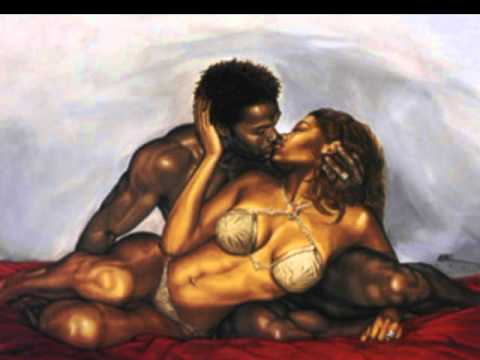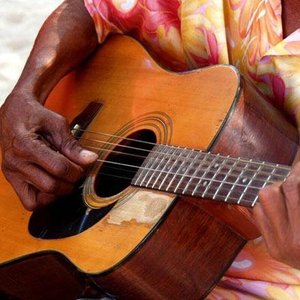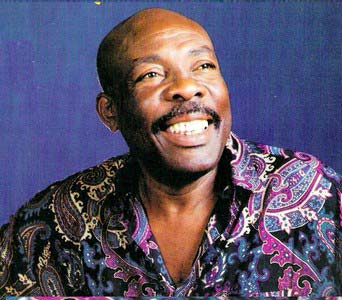Twoubadou
Twoubadou is a Haitian Creole word derived from the Spanish (and today, English) word, “troubadour.” In medieval times, a troubadour was a bard who would compose emotional pieces about love, hate, and the spectrum in-between. Troubadours would travel from place to place, composing music and poetry to fit along the way. Hatian twoubadous retain many of these practices of old. Instead of traveling from township to township, these small bands tour from venue to venue, singing about the pitfalls, beauties, uncanny truths, and graphic passions of love. Sometimes the songs are about lasting relationships; sometimes, they outline the realities of flings.

Twoubadou began in the early 1900s as a reclamation of some of the European customs from many Haitians Creole’s backgrounds. It was brought to the island nation by immigrant workers returning from sugar plantations in Cuba, who often moved from country to country to reap the harvests of different climates’ seasons. These workers also performed a kind of drumming, coined by Cubans as “tumba Francesca.” The style of playing was not strictly adherent to the original practices, though – it drew from Cuban guajiro, Puerto Rican jibaro, and another fiery Haitian subgenre called meringue.
Elements of Twoubadou

Generally, a twoubadou song is structured in the same way that a traditional Spanish troubadour’s piece is: verse, chorus, and verse. Songs are usually sung in Haitian Creole, Spanish, or French. An acoustic guitar (or two, if in a duet) is often used to accompany the main singer; other times, a twoubadou will use an accordion and several different kinds of percussion instruments. Maracas, tanbou (a large barrel drum), or less-traditionally a graj (a scraping instrument) is used to hold the rhythm. A lamellophone, a small wooden block with finger-sized metal keys, is often employed to supplement a bass line.
Twoubadou Today
This genre of music has remained relevant in Haiti throughout the past 100 years, only recently being eclipsed by newer and more popular genres of Haitian music. It is often experienced in smaller nightclubs and dance halls, where classy locals go out to enjoy authentic and talented performance. Because it is an older genre, many Haitian youth consider twoubadou to be passé and dated. Nonetheless, it can be heard in towns all throughout the country, especially at restaurants, bars, and hotels targeting foreign tourists, at patron’s day feasts, and on the streets during Catholic Carnival.

One very popular artists in this subgenre was Jean Gesner Henry, better known as Coupé Cloué. A guitarist, vocalist, football player, and ringleader, Cloué was active between the 1950s to 1990s before passing from diabetes in 1998. His band toured all over the world, but namely in Africa – his international reputation proliferated, along with the international understanding of twoubadou. In Africa, Cloué earned the nickname “King Coupé.” It stuck with him ever since.

Hy there,
I’m looking for the lyrics of an old haitian folk songs called “Rose Marie”, could you help me ?
Best regards